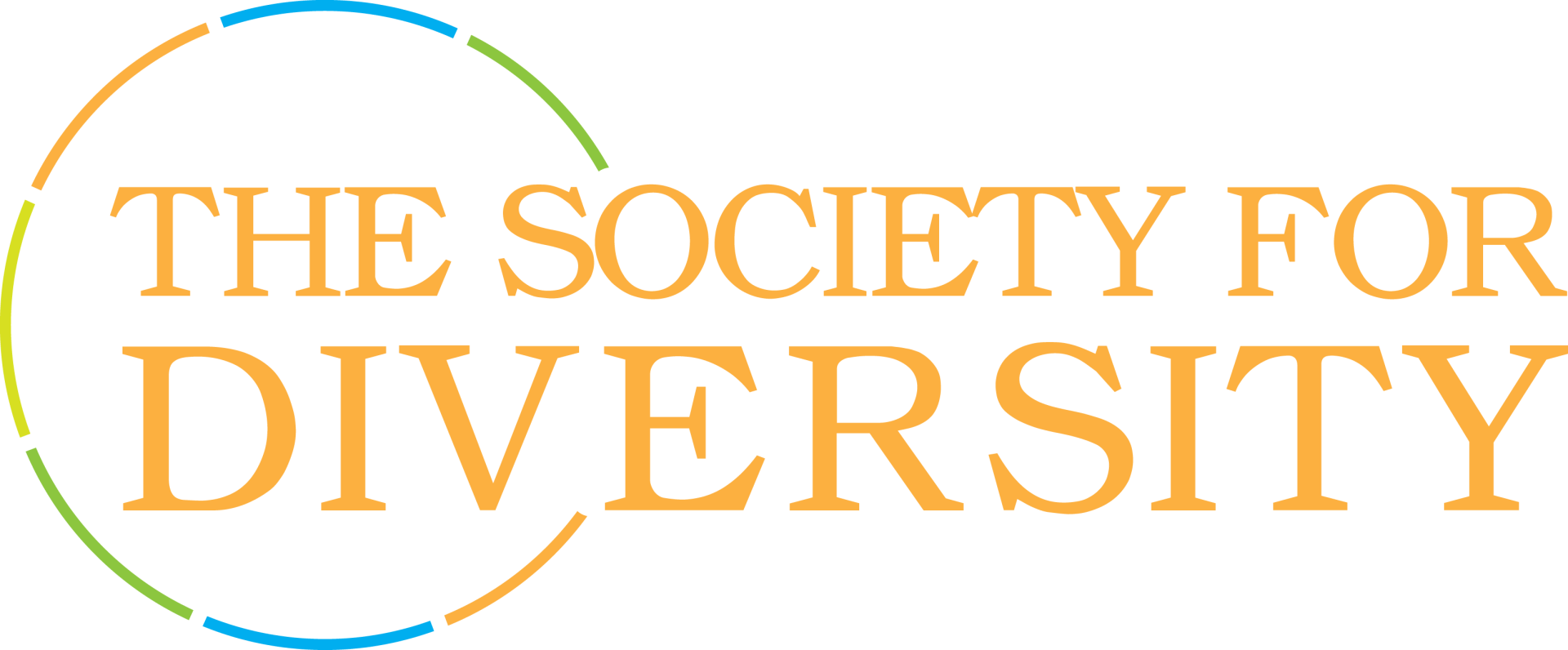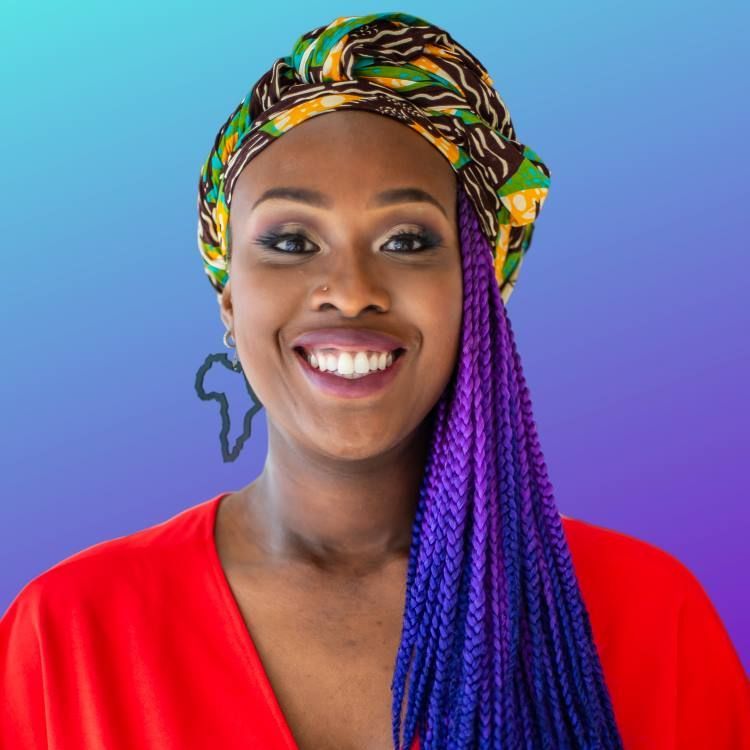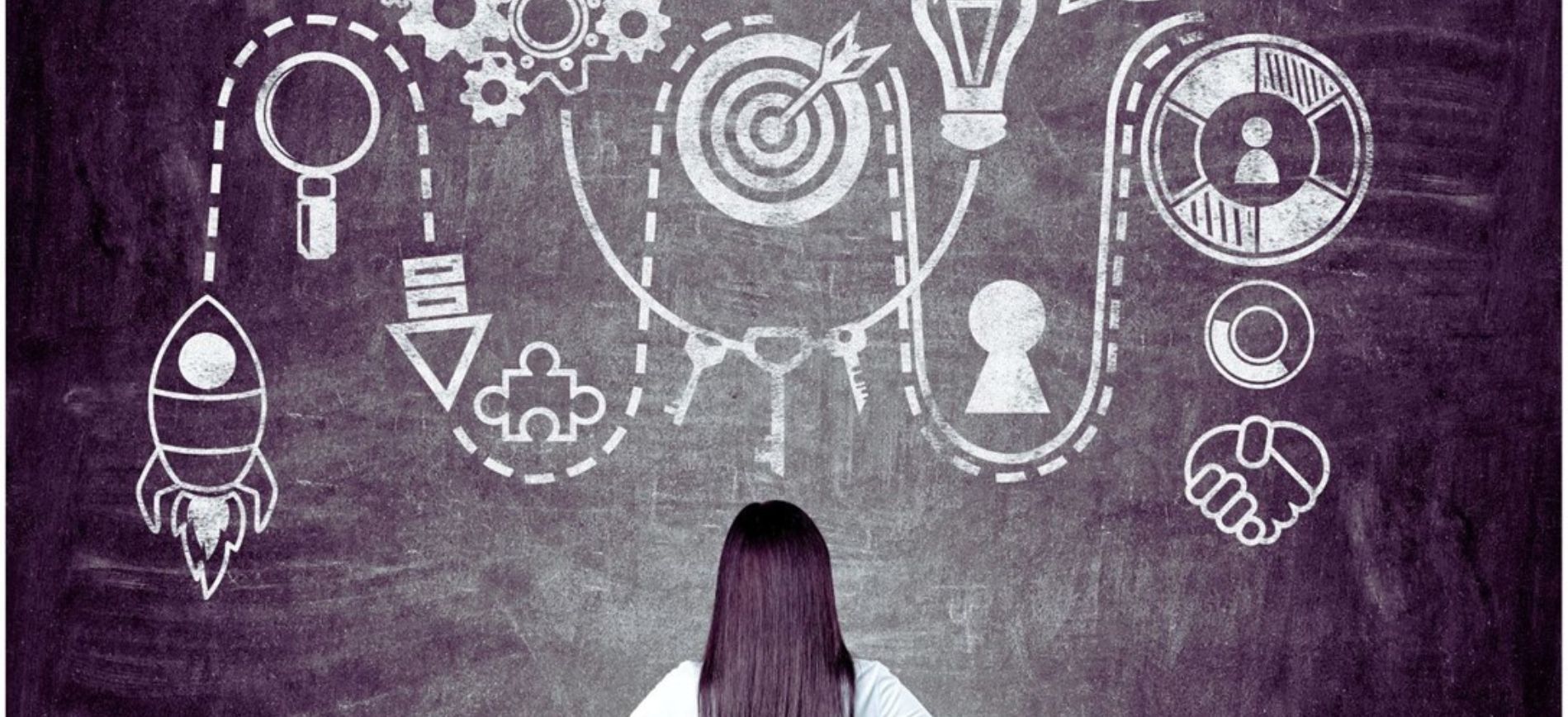Passionate and driven, Vivian Acquah, CDE® is making an impact on the world of workplace wellness and DEI. As the Inclusive Workplace Wellness Advocate/ Certified Diversity Executive (CDE)®, Vivian is devoted to making the topics of workplace wellness and DEI more accessible for everyone.
With a name that literally translates to 'water,' Vivian has become an extinguisher of fires related to DEI, providing clients such as Heineken, LinkedIn, Google, Indeed, Deloitte, TIBCO, Cargill, Swift, Acrolinx, KLM and Zalando with tangible strategies for embracing inclusive changes.







